
A new study from the National Cancer Institute shows that physical activity is associated with lower mortality rates in patients with breast and colon cancers.

Your AI-Trained Oncology Knowledge Connection!


A new study from the National Cancer Institute shows that physical activity is associated with lower mortality rates in patients with breast and colon cancers.

Many cancer patients experience cachexia. In collaboration with an interdisciplinary team including dietitians, oncology nurses are well positioned to implement proactive, multimodality interventions that improve clinical outcomes and quality of life for these patients.

New data presented at the 13th Annual Meeting of the American Society of Breast Surgeons shows radiofrequency ablation can prevent local breast cancer recurrence just as effectively as radiation therapy. Compared to radiation therapy, radiofrequency ablation showed superior cosmetic results and poses little risk to healthy tissue.
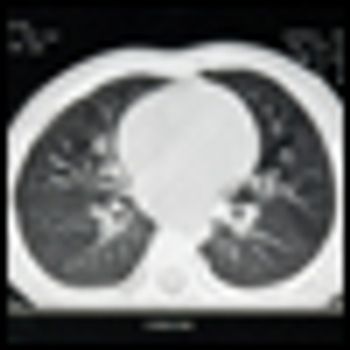
The American Lung Association recently released new guidelines for lung cancer screening, recommending low-dose computed tomography screening in high-risk smokers.
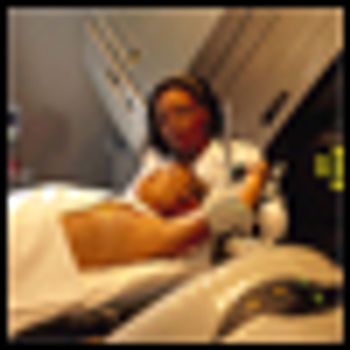
A study published today shows that whole-breast irradiation fares better than brachytherapy for women with breast cancer.


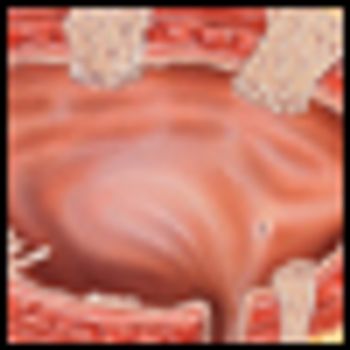
In a multicenter phase III trial of 360 patients with muscle-invasive bladder cancer, synchronous chemoradiotherapy provided better locoregional control without significant added toxicity, investigators for the Bladder Cancer 2001 trial have found.




Oncologists and their patients are facing disruptive changes in healthcare, research, and communication. This dramatic increase in the quantity and quality has changed our lives forever. However, many of us remain frustrated with our inability to control this information overload.

Radium-223 is a promising agent that represents a new class of alpha pharmaceuticals that gets down to the site of bony metastases. The limited side-effect profile potentially allows for repeat administration to increase durability of pain control, and for its use in combination with novel biologic and chemotherapeutic agents.

One would hope that survival data from at least one more phase III or phase IV clinical trial will convincingly show a prolongation of survival due to treatment with Alpharadin. This will not be inexpensive therapy.

In this article, we endeavor to clarify the role of radiation therapy and chemotherapy in the treatment of ATC; we note important contributions of the historical literature, and we review more contemporary strategies adopted by several renowned institutions.

This article will present current information about alpha-pharmaceuticals, a new class of targeted cancer therapy for the treatment of patients with CRPC and bone metastases. It will review preclinical and clinical studies of the experimental radiopharmaceutical radium-223 chloride (Alpharadin).

Just over a year ago, Alex Trebek introduced the world to Watson. IBM insists that Watson is a decision-support tool, meant to assist and not supplant physicians. Could it work as an oncology support?
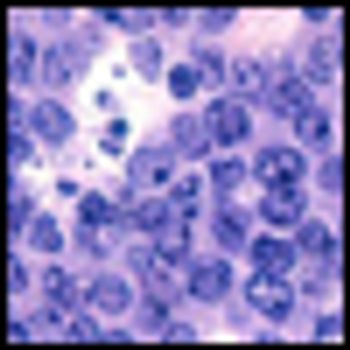
Scientists in Germany have potentially found a way to indirectly target the MYC oncogene-an elusive cancer therapy target to date, discovering that cancer cells with upregulated levels of MYC are dependent on AMPK-related kinase 5 to stay alive. Inhibition of ARK5 causes these MYC-dependent cells to die.
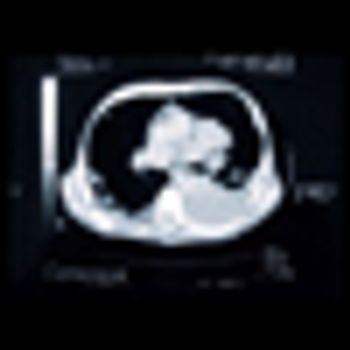
Scotland will soon begin a large prospective trial of early screening for lung cancer in high-risk patients using a simple blood test. The test, called EarlyCDT-Lung, has been in use and trials in the United States for more than two years.

Treatment with tremelimumab stabilized patients with advanced hepatocellular carcinoma due to chronic hepatitis C infection for more than 12 months, according to data from a phase II clinical trial presented at the AACR annual meeting.
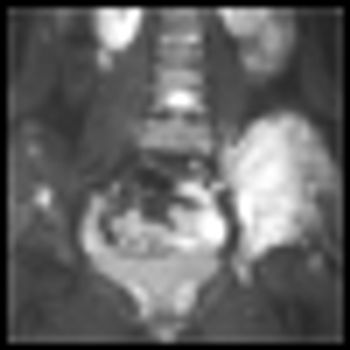
A combination of cixutumumab, a type 1 insulin-like growth factor receptor inhibitor, and temsirolimus, a mammalian target of rapamycin (mTOR) inhibitor, showed evidence of activity in refractory Ewing’s sarcoma tumors as well as small-round-cell tumors in a phase I multicenter clinical study.

Of all the sad pronouncements that oncologists deliver, this may be the one that stings the most. If you were expecting hope from your doctor, how would you react to these words? Would you sit with quiet disbelief, or storm out of the office?


CancerNetwork brings exclusive coverage of the AACR Annual Meeting, held March 31-April 4, 2012 at McCormick Place in Chicago, Illinois. The meeting will highlight the best and latest findings in all major areas of cancer research. This year's theme is “Accelerating Science: Concept to Clinic,” reflecting the progress and emphasizing the synergy between basic, clinical, and translational research that will continue to lead to effective cancer therapies and prevention strategies. Check below for the most important news to come out of this year's event.

Rationale for prostate cancer screening continues to be debated as an update to a large European trial reconfirms a reduction in death rates from prostate cancer in men who are screened for the disease. The study, however, found no significant difference in overall mortality between the two arms of the trial.

Given the abundance of breast cancer data, this review will focus on breast cancer–related lymphedema. However, the principles and controversies discussed are relevant regardless of the type of malignancy to which the lymphedema is attributed.

Combined-modality therapy has rendered disease-free an increasing number of patients who were previously considered to be incurable. Still, despite myriad advances in imaging, and in surgical and therapeutic modalities, many patients who undergo resection of limited metastatic disease with curative intent ultimately relapse.

The development of vascular endothelial growth factor (VEGF) pathway inhibitors and mammalian target of rapamycin (mTOR) inhibitors for the treatment of renal cancer is a real success story.

The etiology and risk factors of breast cancer–related lymphedema (BCRL) are multifactorial and not fully understood.

It is ironic that we were asked to comment on the article by Dr. McLaughlin in this issue of ONCOLOGY. A few months ago, one of us (LKJ) was attending a patient in the breast clinic who had recovered well from a lumpectomy with sentinel node biopsy followed by completion axillary lymph node dissection (ALND).